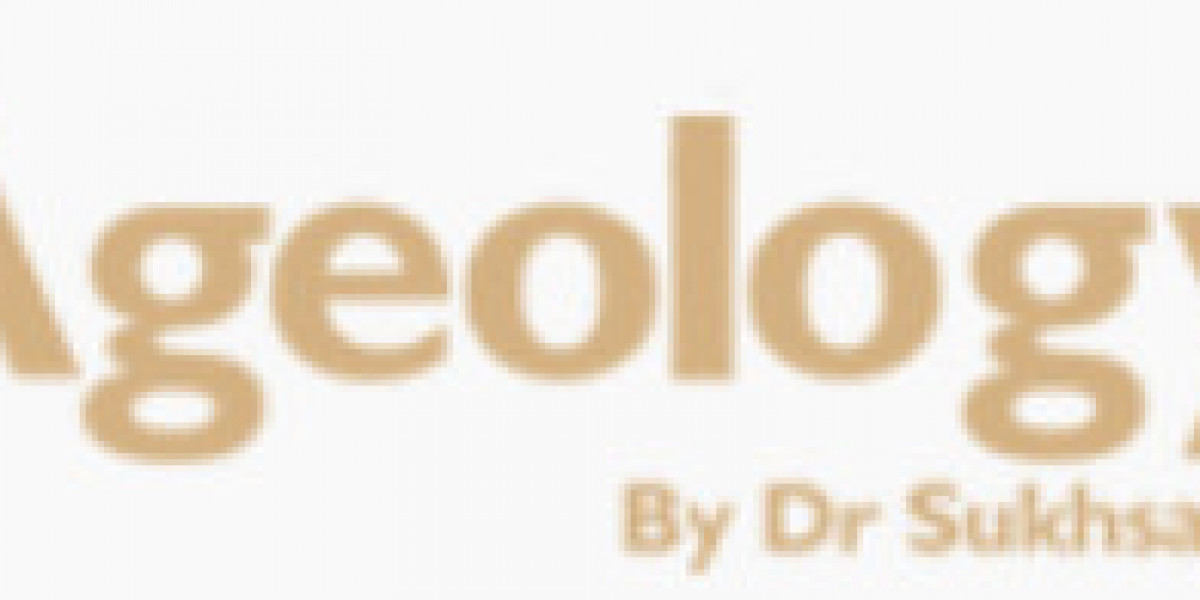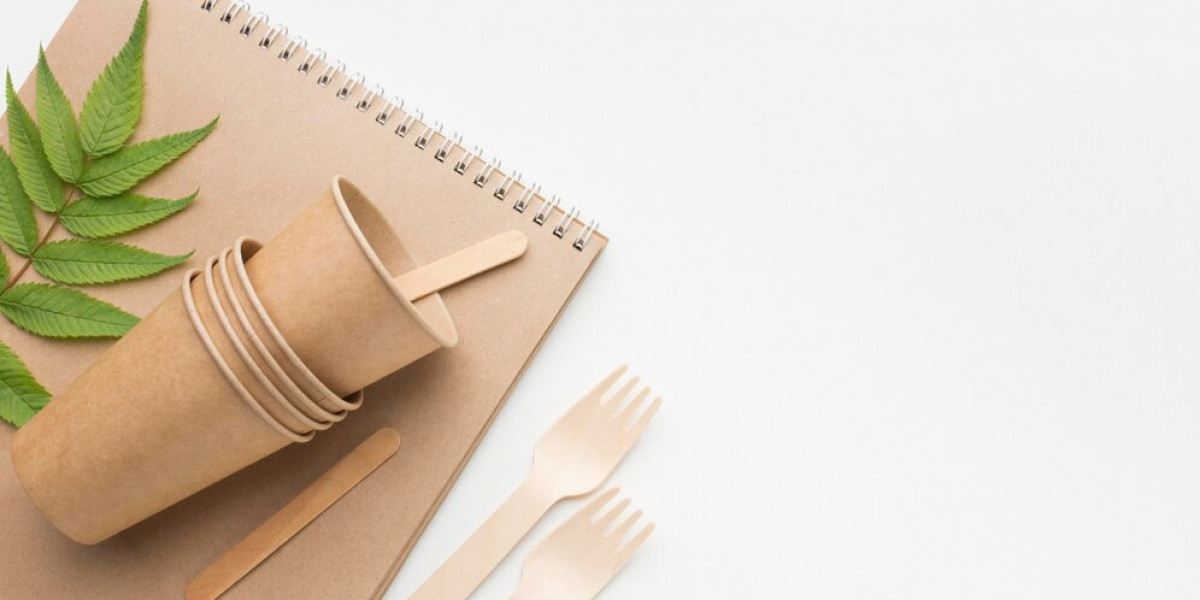The Dental Ceramic Market is undergoing a technological renaissance, transforming how patients experience restorative dental care. With aesthetics, biocompatibility, and performance at the forefront of innovation, new materials and digital workflows are reshaping patient outcomes and satisfaction across the globe. Dentistry today is not just about fixing teeth—it's about providing seamless, minimally invasive, and natural-looking solutions, and dental ceramics are leading that charge.
Aesthetic Precision through Digital Dentistry
Digital technologies such as CAD/CAM (Computer-Aided Design and Computer-Aided Manufacturing) have become cornerstones of the modern dental ceramic ecosystem. These systems allow dentists and technicians to design crowns, bridges, and veneers with remarkable accuracy, eliminating guesswork and manual errors. High-resolution 3D scans of a patient's oral cavity enable restorations that are tailored precisely to their anatomy, resulting in superior fit, comfort, and functionality.
Not only does this lead to fewer adjustments during fitting, but it also dramatically reduces chair time, offering patients a more efficient treatment process. Same-day restorations are now a reality, with digital workflows allowing crowns to be milled and placed in a single appointment—an impressive leap in patient convenience.
Zirconia and Lithium Disilicate: Revolutionizing Materials
Two standout materials have redefined the standards in the Dental Ceramic Market: zirconia and lithium disilicate. These materials are favored not only for their strength and longevity but also for their translucency and natural appearance.
Zirconia ceramics are incredibly durable, making them ideal for posterior restorations where biting forces are greatest. Their increasing translucency, thanks to material science advancements, allows them to mimic natural teeth better than ever before.
Lithium disilicate, known for its aesthetic properties, is often used in anterior restorations. It offers a perfect blend of beauty and strength, giving patients a restoration that looks and feels just like a real tooth.
These materials are also hypoallergenic and highly biocompatible, reducing the risk of adverse reactions and ensuring long-term patient safety.
Minimally Invasive Restorations for Enhanced Comfort
New ceramic materials and techniques now enable the creation of thinner restorations without sacrificing strength. This means dentists can preserve more of the natural tooth structure—a significant advancement in patient care philosophy. Traditional crowns required aggressive tooth preparation, but modern ceramics allow for conservative treatment approaches.
Preserving the natural tooth isn’t just good for structural integrity—it also leads to less post-operative sensitivity and faster healing, enhancing overall patient comfort and long-term oral health.
AI Integration and Predictive Modeling
Artificial intelligence (AI) is beginning to make waves in the Dental Ceramic Market. AI-powered software is being integrated into dental diagnostics, planning, and even design phases. These tools can simulate treatment outcomes, offering both practitioners and patients a visual roadmap of the process and expected results.
This level of transparency empowers patients to make informed decisions and increases trust in the proposed treatment plan. Predictive modeling also enhances precision, helping dental labs craft restorations that require minimal or no adjustments upon fitting.
Sustainability and Eco-Friendly Ceramics
With a growing emphasis on environmental sustainability, the dental industry is seeking greener alternatives in materials and manufacturing. The latest generation of dental ceramics is manufactured using eco-conscious methods that minimize waste and reduce emissions. Additionally, digital workflows cut down on physical impressions, shipping, and packaging, contributing to a lower carbon footprint.
For patients who value sustainability, choosing ceramic restorations produced through environmentally responsible processes can be a meaningful part of their healthcare journey.
Improved Communication Between Clinics and Labs
Cloud-based platforms and digital case management tools have enhanced collaboration between dentists and dental technicians. Case files, images, and designs can be shared in real-time, expediting production and improving the final quality of restorations.
This seamless communication reduces turnaround time, ensures fewer remakes, and improves the overall experience for the patient—who ultimately benefits from faster service and more accurate outcomes.
Conclusion: The Future of Patient-Centered Care
Technological innovation in the Dental Ceramic Market is not just about advanced materials or cutting-edge machines—it's about improving the lives of patients. Whether it's faster restorations, more beautiful smiles, reduced discomfort, or environmentally friendly care, the benefits are being felt in dental clinics around the world.
As technology continues to evolve, the focus on patient comfort, longevity of restorations, and natural aesthetics will remain central. The combination of material science and digital dentistry is redefining what’s possible in oral health, setting the stage for a future where every dental procedure is as precise, painless, and personalized as possible.










